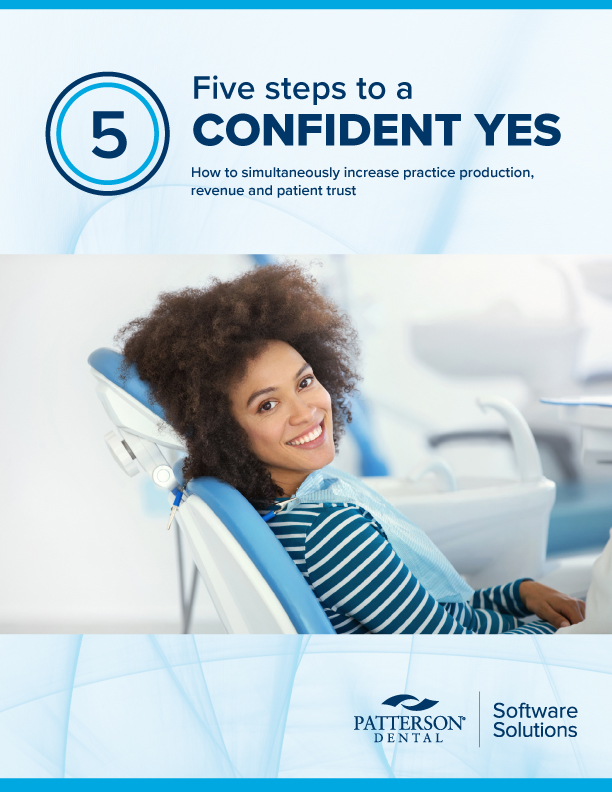ADA urges Senate Finance Committee to include oral health in national health cost reforms

The ADA outlined its priorities for addressing cost drivers and improving access to oral health care in a letter to the Senate Finance Committee ahead of its hearing, the Rising Cost of Health Care: Considering Meaningful Solutions for all Americans.
In comments submitted Nov. 19 by ADA President Richard Rosato, D.M.D., and Interim Executive Director Elizabeth Shapiro, D.D.S., the Association stressed that oral health must be included in any national health cost strategy and offered recommendations to help the committee address costs while improving value and access to dental care. Representing more than 150,000 dentists nationwide, the ADA also underscored its role as the leading authority on oral health in the United States.
“Oral health is inseparable from overall health, and preventable dental disease continues to drive avoidable pain, lost productivity, and emergency department visits, especially among low-income and medically vulnerable populations,” Drs. Rosato and Shapiro wrote.
The ADA’s recommendations span five major areas. First, they center prevention and early intervention in cost-containment efforts. The letter emphasizes that “prevention is the key to improving and maintaining oral health,” noting that community-based strategies such as water fluoridation and school-based programs reduce disease burden and downstream costs. The ADA also called for benefit designs that eliminate financial barriers to diagnostic and preventive services.
Drs. Rosato and Shapiro asked Congress to address out-of-pocket costs by reforming dental benefit structures. The ADA said it opposes the use of annual and lifetime maximums in dental benefit programs, particularly when limits are low and do not keep pace with inflation, and recommended requiring clearer, more comparable dental plan summaries for employers and consumers. The comments also urged standardization of Medicare Advantage supplemental dental benefit categories disclosures so beneficiaries can better compare plans and understand covered services, cost-sharing, and network participation.
Additionally, the ADA encouraged the committee to strengthen transparency requirements for dental plans through dental loss ratio reporting. Improved reporting, the Association said, would help policymakers and patients better understand the relationship between premiums, benefits paid, and patient cost-sharing, including dental-specific loss ratio monitoring to show how much Medicaid funding actually reaches dental services.
The next section focused on Medicaid. The Association called for comprehensive adult dental coverage, higher federal matching rates for dental services, and greater accountability to ensure that funds reach patient care.
The comments also urged lawmakers to reinforce tax policies that help families manage health and dental costs, including Health Savings Accounts and Flexible Spending Accounts, while avoiding new taxes on dental services or employer-sponsored benefits that could increase costs for patients and small dental practices.
“We encourage the Committee to ensure that any proposals to address rising costs reflect these recommendations and meaningfully incorporate oral health into the broader health policy discussion,” the comments said. “The ADA and our member dentists stand ready to serve as a resource to the Committee as you examine the drivers of health care costs and consider reforms affecting dental benefits, public programs and tax policy.”



